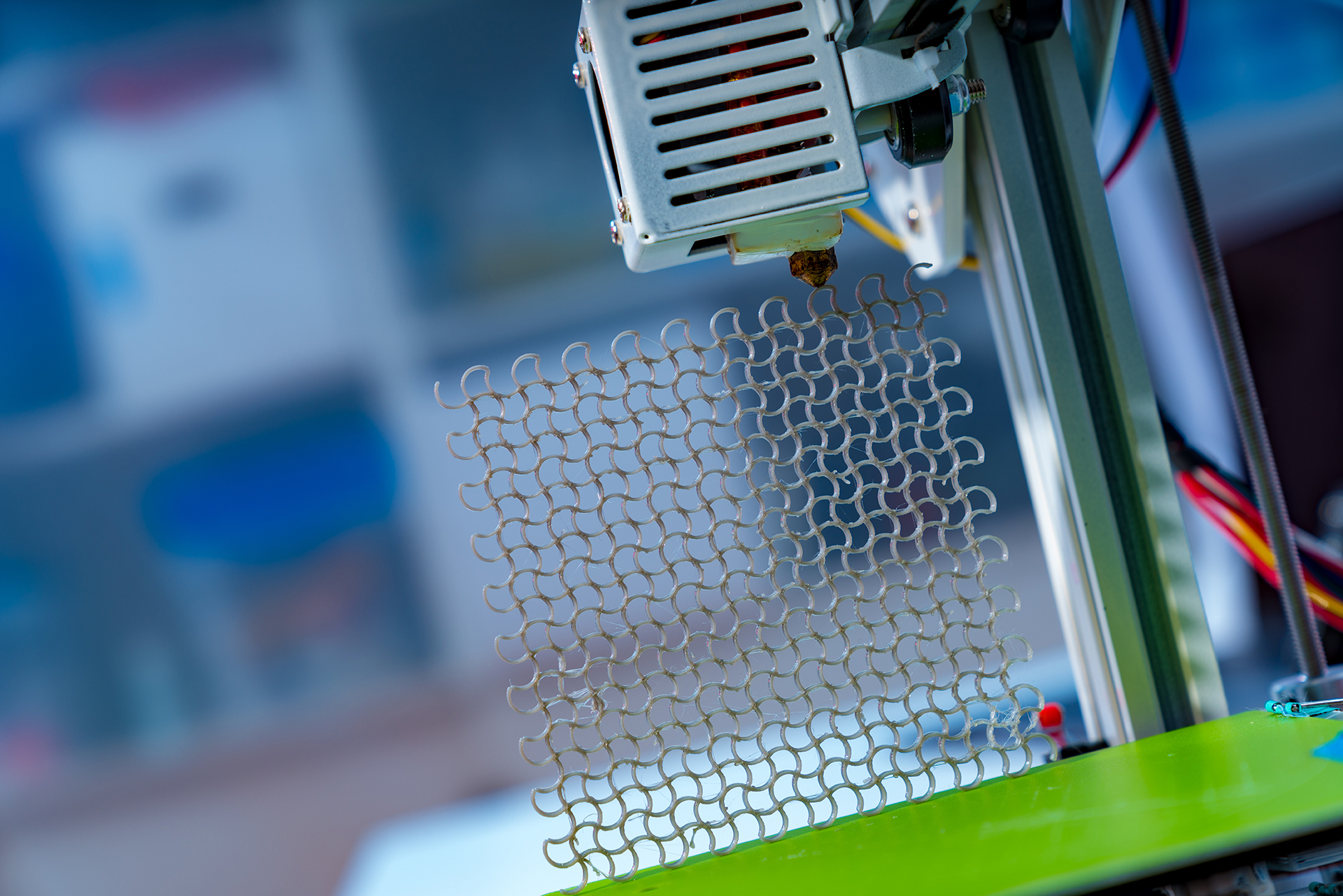Doctors have made an astounding breakthrough. According to a new paper published in Science, a group of doctors has managed to create a special ink capable of 3D printing within the human body. The accomplishment could allow us to 3D print biomedical devices directly in the body.
It’s an amazing breakthrough that could allow for a ton of medical applications, including mending broken bones, stopping leaky organs, and more. The development of this new option builds off the past creation of photosensitive ink that hardens when exposed to light.
However, light can only penetrate into the human body so far, which is why these doctors instead chose to utilize sound waves from an ultrasound to activate the ink. The process is called “deep-penetrating acoustic volumetric printing” (DVAP), and it will allow doctors to 3D print biomedical devices directly where they are needed.

“Ultrasound waves can penetrate more than 100 times deeper than light while still spatially confined, so we can reach tissues, bones and organs with high spatial precision that haven’t been reachable with light-based printing methods,” the researchers explained in a statement.
Medical advancements like this can open tons of new doors for how doctors treat specific issues. Being able to 3D print biomedical devices directly in the human body will also allow for less intrusive surgery options, depending on the situation.
The bio ink relies on targeted application. Once it reaches its target, though, it is activated by ultrasound waves, allowing to to harden into the pattern and shape that the doctors have designed. There is no information on when 3D printing biomedical devices will be widely available.
Still, this kind of development is astounding and offers an exciting look at how the medical field is advancing. In the past, we’ve also seen scientists and engineers creating magnetically-controlled pill cams that can be driven through the body where they need to go.








